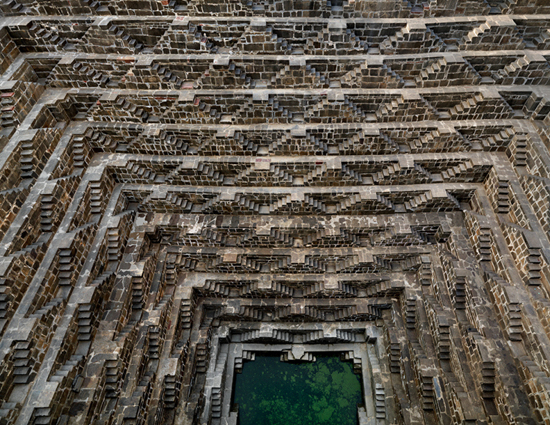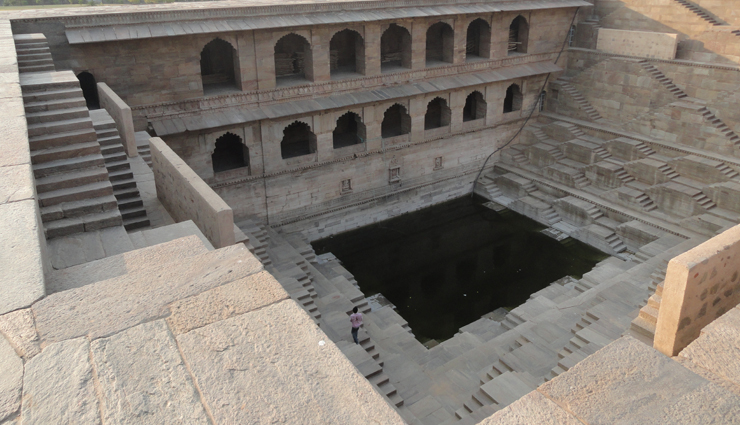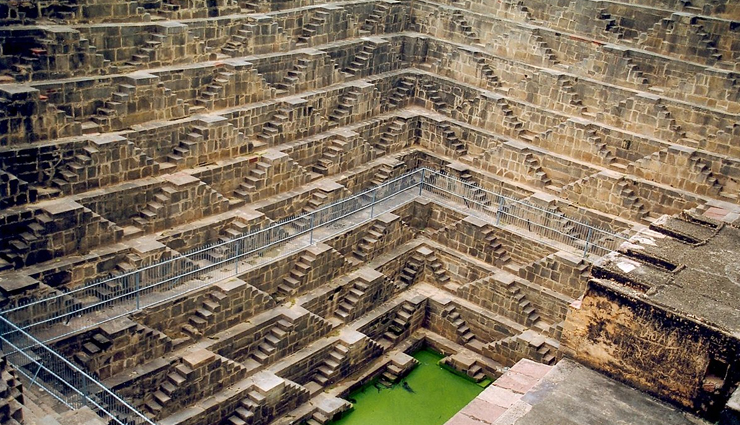Visit These Baori In Rajasthan Before They Disappear
By: Priyanka Maheshwari Mon, 24 July 2017 2:30:54

The women of Rajasthan have always been known for their love for the motherland and their extraordinary courage. When it comes to their lives for the honor and loyalty, uncompromising they were ready to sacrifice their lives to uphold these virtues. The concept of step well actually originated in India. These wells acted as the reservoirs or the storage tanks that can store large amount of water and keep it cool as well.

# Hadi Rani ki Baori, Tonk
Hadi Rani is known for her legendary character. She was a daughter of Hada Rajput and was married to a Chieftain Chundawat of Salumbar in Mewar. Hadi Rani sacrificed her life only to motivate her husband to go the war. To give honor to brave Hadi Rani, baori is built in her name in Toda Rai Singh, in the Tonk district. Baori also called Stepwells or bawdi, or vaav. These are wells or ponds in which the water may be reached by descending a set of steps. Deep trenches into the earth were built by the builders for dependable and year-round groundwater. Walls of these trenches are lined up with blocks of stone, without mortar, and stairs were made which reaches down to the water. This Baori is a major part of Toda Rai Singh which one must see while visiting this place. The traditional architecture of this baori, when seen from a distance, makes this place a must-visit. The Baori has unique features in it as there is no symmetry in the design and many more. The steps are built in such a way that it will collect the water. The steps looks crazy almost like waves rolling down the hill side.

# Chand Baori, Abhaneri
Abhaneri is famous for the deepest step well in world. The well is located opposite to a temple known as Harshat Mata temple. It is believed that the Chand Baori step well has some religious connection and that’s the reason to build it in front of the temple. The step well is a square construction measuring 35 mtr on each side. 3 out of the four side hve steps that lead down to the bottom of the well. These steps were used to draw water from the well. Adjoining the Chand Baori step well, there is a temple, dedicated to Harshat Mata. This temple serves as the other tourist attraction of Abhaneri. Raised during the 10th century, the wrecks of the temple still boast of the architectural and sculptural styles of ancient India.





